|
Some ideas for improving access to nature connection if you or someone you are close to has an illness or disability, meaning they find it difficult to be outdoors. Studies over the last few years have consistently demonstrated that being in nature is beneficial for both our physical and emotional health. From my own observations, I would also add that for many people connecting with the other living parts of Earth also brings increased levels of wellbeing to both the spiritual and social aspects of our lives too. In my work as a palliative care nurse and as an unpaid Carer of several family members I have witnessed many instances where being able to be creative about how to connect with nature can positively influence the quality of life for people who are too unwell or disabled spend time outside on a regular basis. Over the past year I have become very unwell and currently spend most of my time in bed. This has given me a great opportunity to reflect further about how poorly and disabled people who for whatever reasons find being outside challenging, can benefit from nature connection. These are some of the ideas I have collated. Most of which I use in my own life too.
Being aware of any sadness, grief or loss you feel about not being able to connect with nature outdoors. Even just reading this short article may generate difficult emotions. And that’s ok. I’ve found that talking it through with someone close to you or writing, drawing or any other creative expression can really help, as do other ideas mentioned here. As well as hopefully providing some useful ideas relating to nature connection and immersion, an additional function of this article is to inspire further discussion about the urgent need for permaculture practitioners to address issues of privilege in accessing permaculture. Resources There are a huge diverse number of resources relating to the ideas I have written about in this article. If you need some extra inspiration or a starting point. Here are some of my current favourites. Dave Jackson Aromatherapist Writing by Flo Scott – Flo has written a number of articles in Permaculture Magazine and also has her own blog at http://permaculturedesigner.co.uk – In particular check out Flo’s most recent post “Top 5 things to do in an Indoor Garden” BBC Radio programmes – all of the following are available as podcasts (or on iplayer for those in the UK) Gardeners Question Time Open Country Tweet Of the Week Ramblings Alice Fowler’s regular column in The Guardian newspaper Plus books and YouTube films by Alys Permaculture Magazine – available via paper or digital subscription plus lots of free content Lots of fantastic books at Green Shopping One of my current favourite books from Green Shopping, including many, many gorgeous photos, is No Dig Organic Home and Garden by Charles Dowding and Stephanie Hafferty ‘She Explores’ podcast Facebook Group - I have recently created a Facebook Group ”Permaculture, Chronic illness and Disability” for anyone with an interest in the topic to join. There is already a very friendly and solutions focused culture emerging there, so please come along and join in if you are interested.
1 Comment
Hi again. Last month I wrote about my decision to commence a new chapter of my life and work as a Permaculture Practitioner, while living with a chronic illness. You can read that post here And so in today's post I am going to share with you some of the tools inspired by permaculture, which I am currently using to thrive and grow, both personally, and within my work. Some of the images shared are purposefully blurred or left in a format where it is difficult to read the details. Using the permaculture principle "Design from Patterns To Details", this is mainly because the actual content isn't really relevant to anyone but me. Though you may well find the design patterns I have shared could well be adapted easily to help your own life design. In July last year, several months after I had become very unwell, I was diagnosed with Myalgic Encephalomyelitis. (M.E.) - at the time I was really shocked and scared by this news, and by the reality about how my life was probably going to be changed for the time being. I know from my past designing experience that The Design Web by Looby Macnamara, is a really useful design process for managing and then thriving with, life changing events. So, in the weeks following my diagnosis, I spent some time exploring the new and very daunting situation I found myself in, by focusing on each of the anchor points, and then more time looking at how the process of the Design Web as a whole, could assist me. From this process emerged my "Daily Tool Box" and also my new annual Focus Word for 2018 - "Creativity" Utilising The Design Web in this way has been invaluable in how I have coped and thrived with such a disabling illness. I plan to evaluate and review this design in a few weeks time at the Spring Equinox, connecting to the energy of balance demonstrated, as our light and dark times become equal. In December of 2017, my Design Web activities were working well for me, in terms of my emotional and spiritual wellbeing, and I started to think about how I could carry on my work as a Permaculture Practitioner while living with an illness in which my physical and cognitive functioning was very much reduced compared to the year before.
A connection with pomegranates growing locally to us at the time (and which I love to eat), gave me the inspiration I needed to get some of my many ideas into a realistically achievable design format. Zoning is a tool often used in land based designing to help decide where to place the various systems and elements of a design. Zone 0- 1 being the area we observe and or visit on a very regular basis, and then through to higher numbered Zones which are visited much less frequently. The main aim being that the parts of a design needing lots of attention or use, (for example herb and salad crops, composting bin), are placed in a Zone nearest to the humans involved, and parts needing less frequent human attention, (for example coppicing for firewood), are placed in Zone 4 or 5. In my design here I used Zoning to create a plan for how I could engage and connect with my permaculture interests, and within the limits my new living reality had created. At Zone 0 for each topic I have structured or "wild" thinking time about a subject. And then through to Zone 4, organising low key community 'in real life' or online events, which although feels quite impossible now, could be a realistic aim and hope to have over the next year. My Daily Tool Box and Zones Table are placed in an easily observed area near to my bed, (where I spend 95% of my time just now), and so, (in the spirit of zoning), I am reminded of their applied usefulness many times a day. And as a result are already becoming an exciting and core part of my life so far in 2018. Yesterday I celebrated finishing a big chapter in my journey of development as a Facilitator of people centred permaculture work. The year long programme involved mentoring creating and undertaking 3 designs for my work, participating in a variety of online and face to face gatherings with others doing the same course, and maintaining a reflective journal of my learning, experience and accountability.
The course has been a really important and motivating factor underpinning my current work as a permaculture practitioner and designer. I'll be spending the next month or so designing the next phase of my work, developing the workshops, mentoring, designing and tutoring work already undertaken as well as exploring some exciting new project ideas. These will be detailed and updated here on my website Last night, as I spent time on Skype with others from the course, sharing my portfolio of designs and reflections on experiences of the past year, I felt so much gratitude that I have been able to be part of this programme. It felt very fitting to use my own "5 Elements" permaculture tool, inspired by my Earth Based spirituality, to guide my reflections in this presentation. This tool is something I will be writing more about in another post. Doing the Facilitator training has been a fantastic way of taking a lot of the design knowledge and experience gained in my Diploma in Applied Permaculture Design to a new level, as well as making and embedding connections with some other wonderful practitioners focusing on people centred permaculture projects. For more details about participating in future People & Permaculture facilitator training see this link - you can also read more about my experience of the training here Today is World Mental Health Day - there are so many elements to good or poor mental health, many - discrimination, privilege, environmental destruction, global conflicts, war, seemingly unstoppable ravage by our political systems - feel massive and completely beyond our control, These are often some of the reasons that people choose to learn about permaculture and how to use it in their lives and work. Many people I meet in the permaculture community, and beyond, explicitly express chronic grief for the Earth, despite lots of amazing permaculture design work being undertaken by them on our lands and in our communities. Much of the grief seems to comes in waves of intensity. Leaving people and their projects damaged, sick and unable to function to achieve the desperately needed regenerative results. I firmly include myself within this collective grief and I believe there are ways of things we can do, personally and in our local/online communities which can help. Help us to heal, make us more resilient, and regenerate. Some of them are listed below. I know from experience that permaculture design with its principles and ethics can make so much difference to mental and emotional health, and can offer further holistic tools in addition to the ones suggested above by the World Federation For Mental Health I find Looby Macnmaras Design Web really useful process for personal design. Its web pattern reflects the web like nature of mental health – none linear, diverse connections. I’m not the only one, I know many other people who are using permaculture to improve their holistic health in so many ways. Permaculture design may not be able to take away the structures and harm which feeds our on-going despair and grief, but for me it has made a long-lasting difference in how I live and thrive despite times when my grief has seemed overwhelming. The theme for this years World Mental Health Day is ‘Psychological first aid and the support people can provide to those in distress’ – today I will be doing some mindmapping and observations around this with the aim of creating a community design focusing on this theme. Other related resources you may find useful
Overcoming burnout part 7 - Composting Grief - Nicole Vosper Active Hope - How to face the mess we are in without going crazy - Joanna Macey and Chris Johnson People and Permaculture - Looby Macnamara New FB Group – Perma-Health What's Your Grief The Earth Path - Starhawk - more information on The Well of Grief Artwork by Jaine Rose Once again day and night, light and dark are equal, reminding us to find the balanced edge of equilibrium between our outer and inner selves. Autumn equinox marks the final end of the outer growth cycle. It’s a time of change with high tides, wild changeable weather and wild uncertainties as we plan what to do next. The shorter, colder days and colder, longer nights affect these decisions. We recognise this as a transition point, an opportunity for a new set of possibilities and the opportunity to grow in new ways. We take all we have learnt during the spring and summer and transform them by taking them with us. We walk the outer ways and walk the inner way, and aim to flow in poise and balance in the wild edges in between. Glennie Kindred – Letting in the Wild Edges Today is the Autumn Equinox here in the Northern Hemisphere and Ive decided to use the energies and characteristics of this Earth Festival to start a design that hopefully others will also be able to take inspiration from focusing on creating and maintaining balance in our lives. I've had a few months away from the focus of my work as a permaculture designer and practitioner, so it feels a great way to get back involved with documenting my reflections again. Im using OBRADIMET (Observe, Boundaries, Resources, Analyse, Decisions, Implement, Maintain, Evaluate, Tweak), as a Design Process as its one that fits well with some of my initial ideas before I start considering the details. Observe What areas of my life feel in balance at the moment? Work, play, Right Livelihood, physical health, emotional health, energy levels, spiritual connections, what I give, what I receive, ….. What don’t feel in balance? What does balance feel/look like to me? What does out of balance look/feel like to me? Boundaries What actual or potential boundaries are in my life which create unwanted imbalances for me? What positive boundaries/edges do I have in my life which will help keep the balances I create? Resources What kind of resources do I have now that help create positive balance in my life? What resources do I need to seek out? Are there resources I have identified since the spring equinox, over the summer, that can be useful? People, knowledge, time, finances, skills, work, experiences, patterns, ideas ….. Analyse How does all the information I have gained so far in the design connect and influence each other? What are the functions of the design? Which permaculture principles can help with guiding my design ? I have decided to focus on the Principles created by David Holmgren for this design How do the permaculture ethics of people care, earth care and fairshares help shape how I will create and improve balance in my life? Decisions From my evaluation what decisions have I come up with my design? Implement How am I going to implement my decisions? What realistic timescale will I use? Maintain, Evaluate and Tweak How will I maintain the momentum of my decisions? How will I make sure that any tweaks made to the design, after evaluation, are then included in the implementation plan? Connections to other designs in my life, aim to mini -evaluate at every full moon and then big evaluation at the Spring Equinox... Tools and Resources Initial thoughts about design tools and resources I aim to use in this design Input/output analysis Web of connections Zoning (life/people focused) SWOC (Strengths, Weaknesses, Opportunities, Constraints) Mindmaps Flow Diagram For more detail and ideas about tools used in permaculture design see Aranya's excellent book Permaculture Design - A Step By Step Guide Gaiacraft Learning and Teaching Tools - to help explore and identify permaculture principles in a creative way Letting in the Wild Edges by Glennie Kindred Nicole Vosper's entire series of blog posts on Overcoming Burnout will also be a major resource contribution to this design. So here we are, a basic framework for a design I am currently working on inspired by the timing of the Autumn Equinox and my return to deeper focus on my permaculture work and development. Please contact me if you would like support from me either in my role as a Diploma (in Applied Permaculture Design) Tutor, or as a mentor/coach, with a similar design. |
my blogregular updates and reflections about the permaculture designs in my life archives
December 2020
categories
All
|
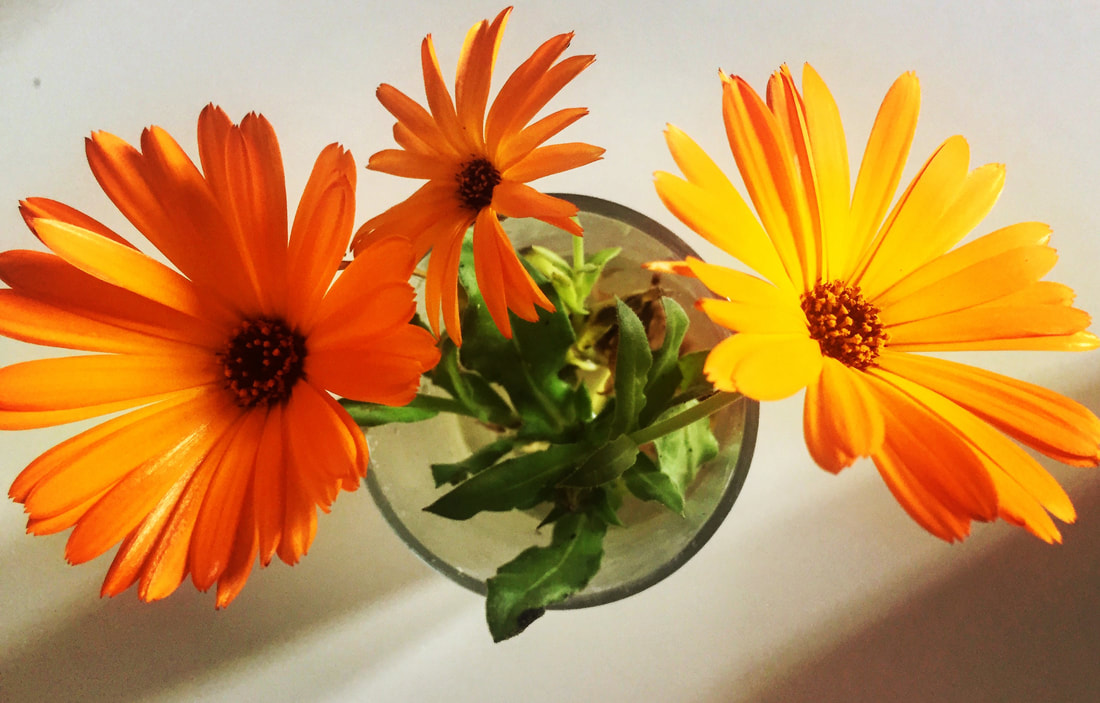
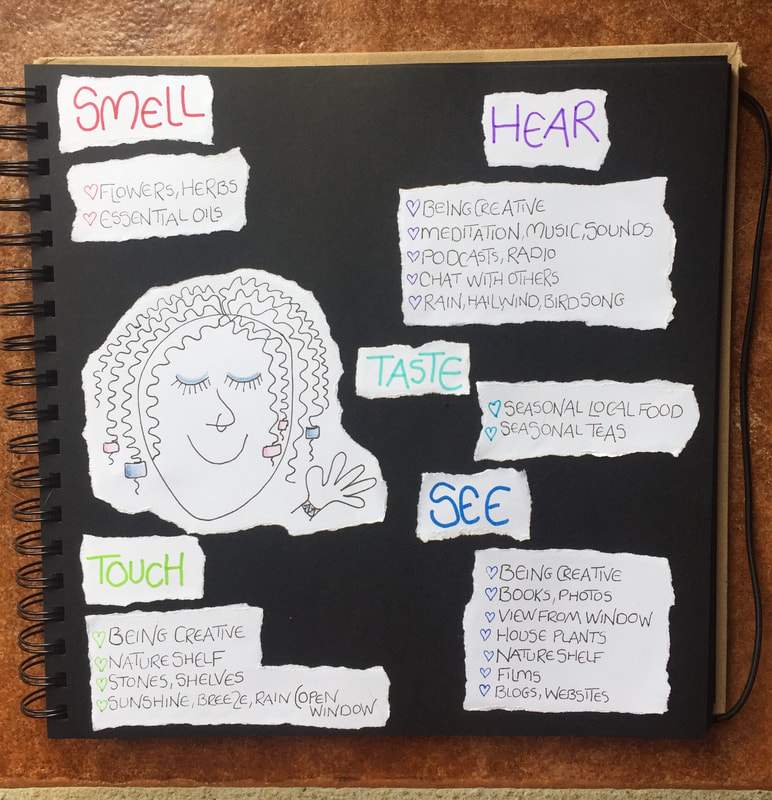
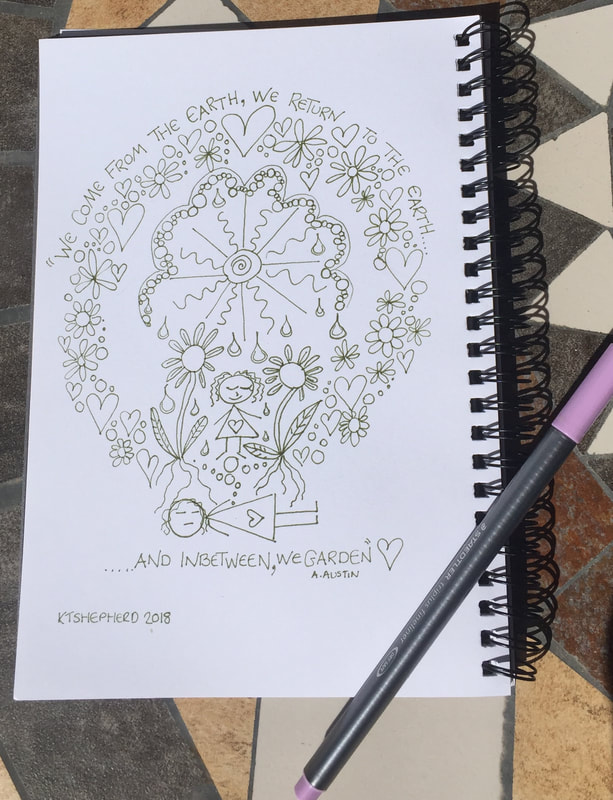
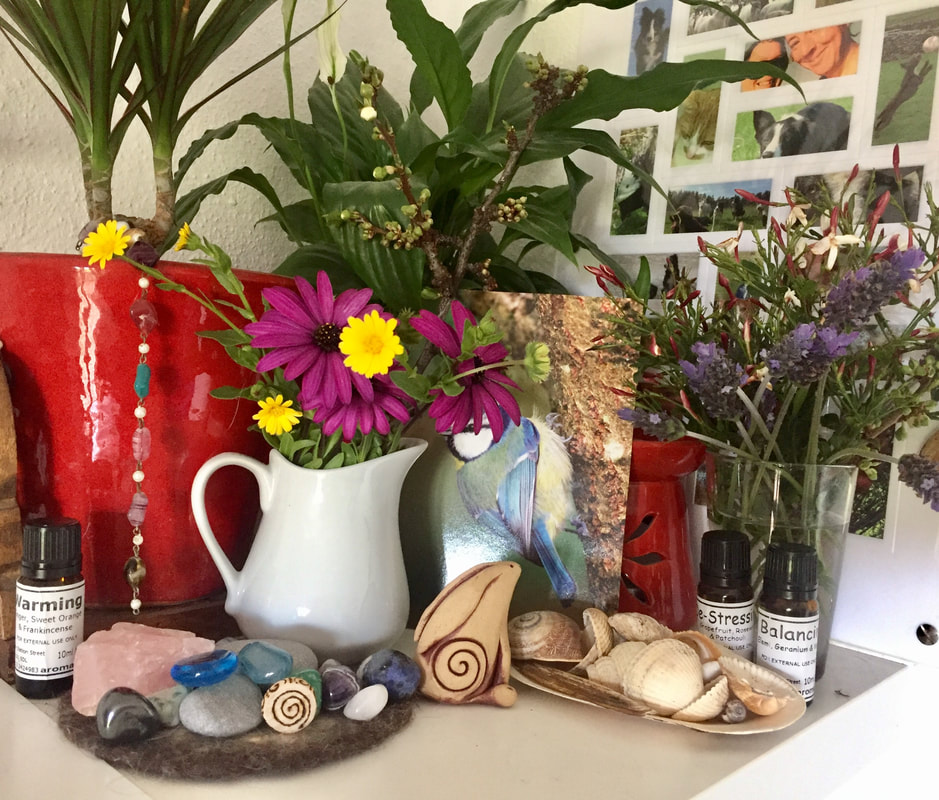
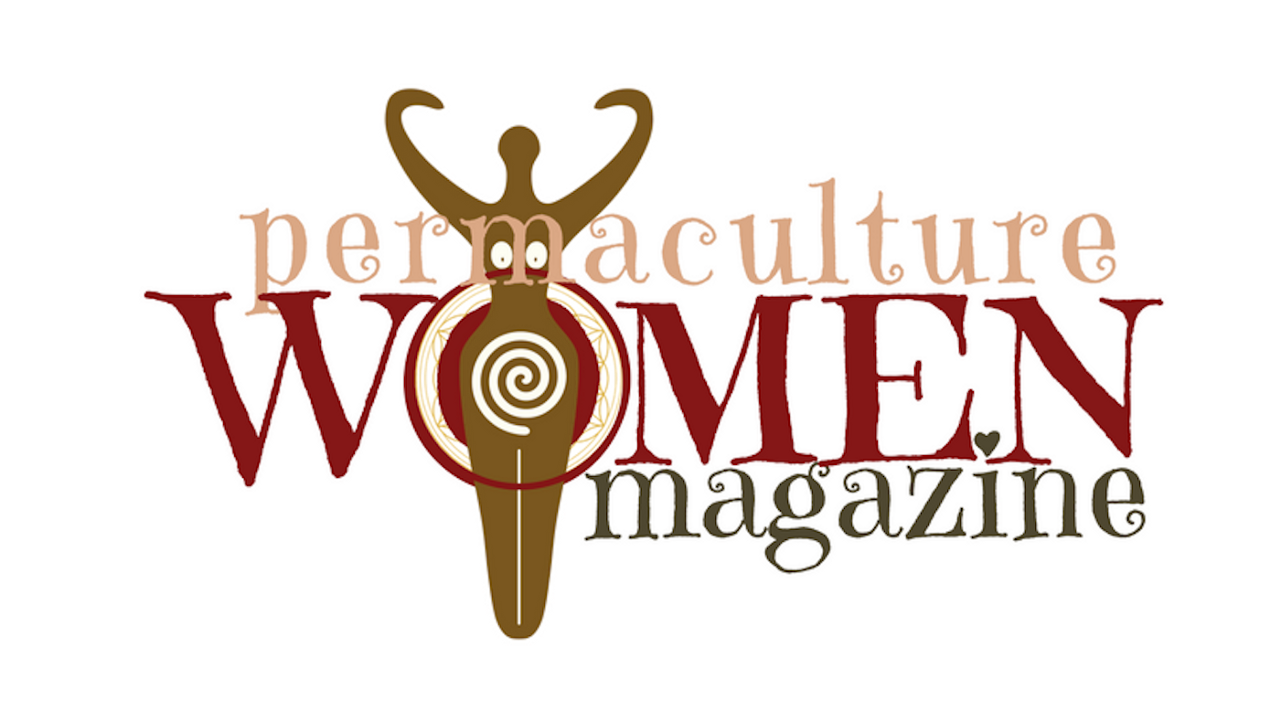
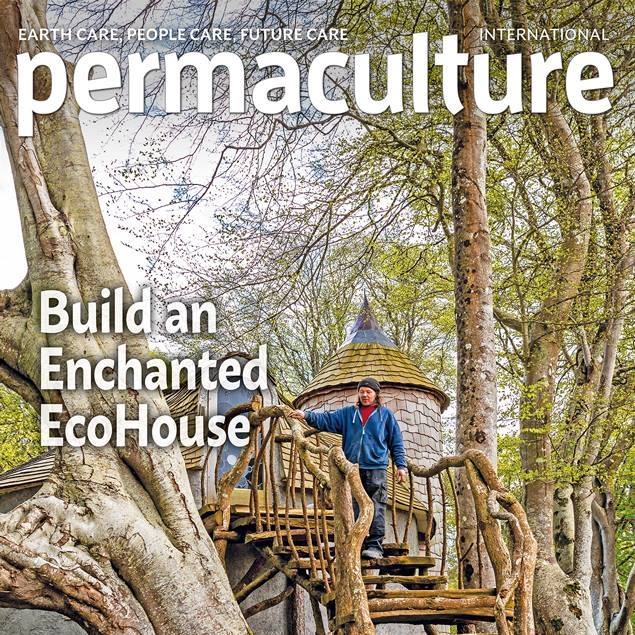
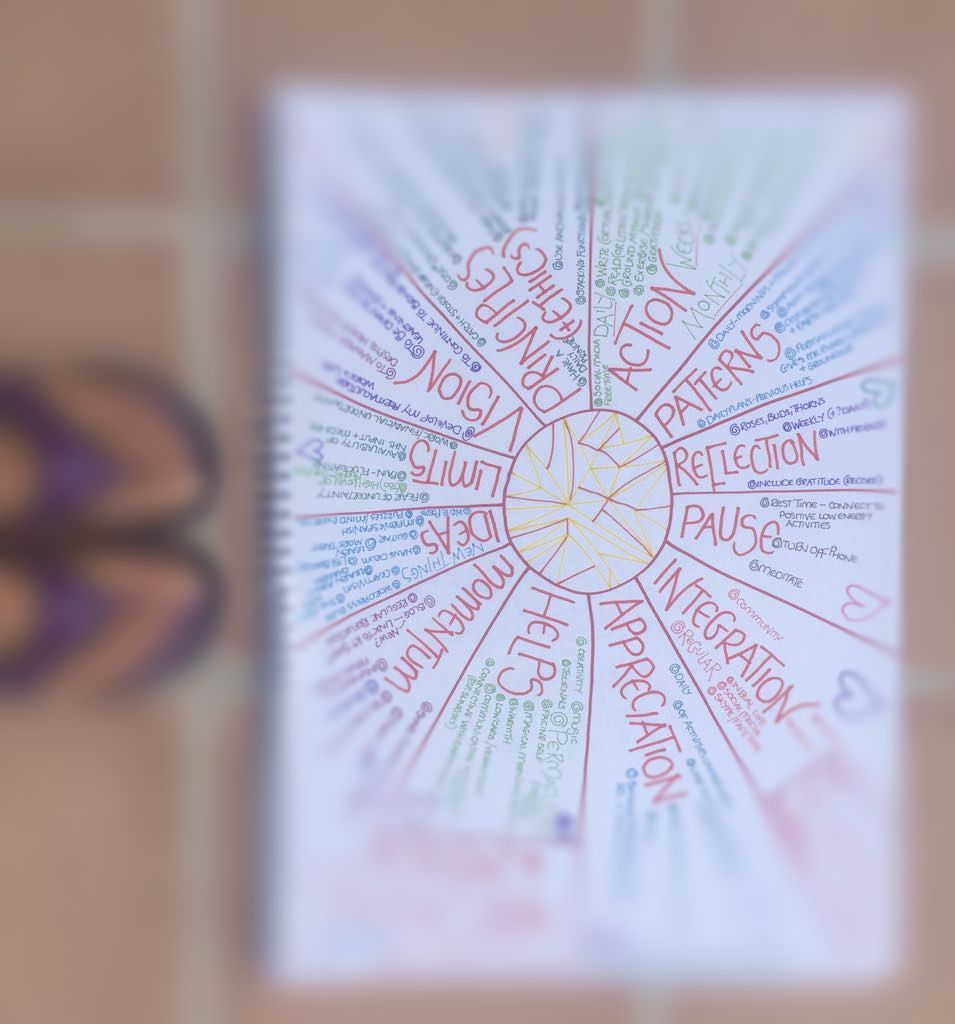
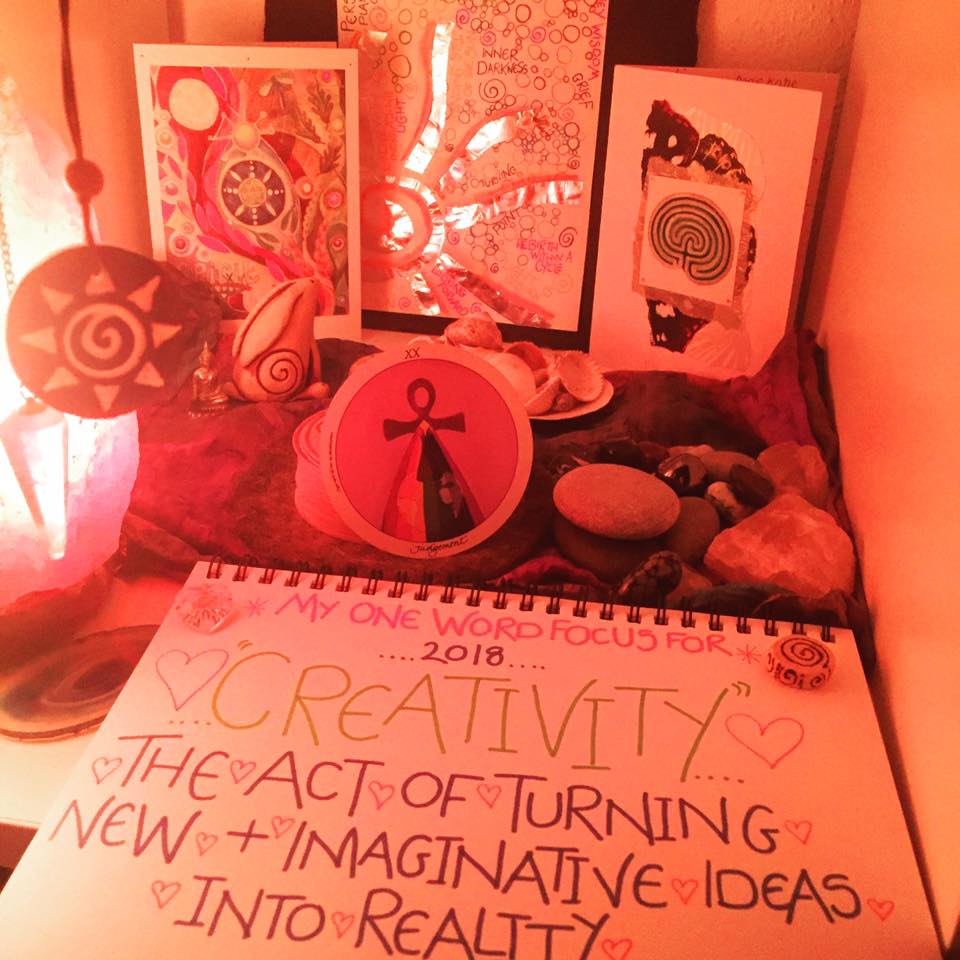
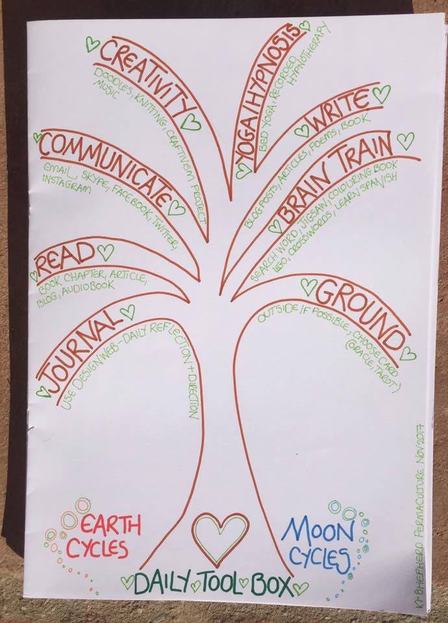
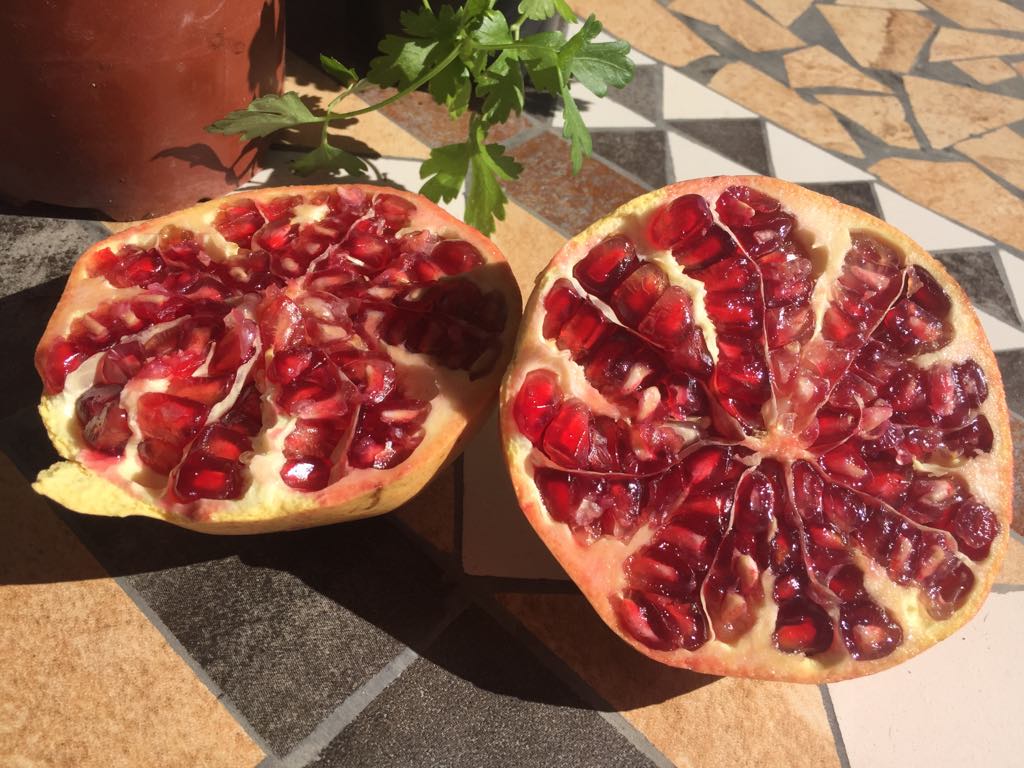
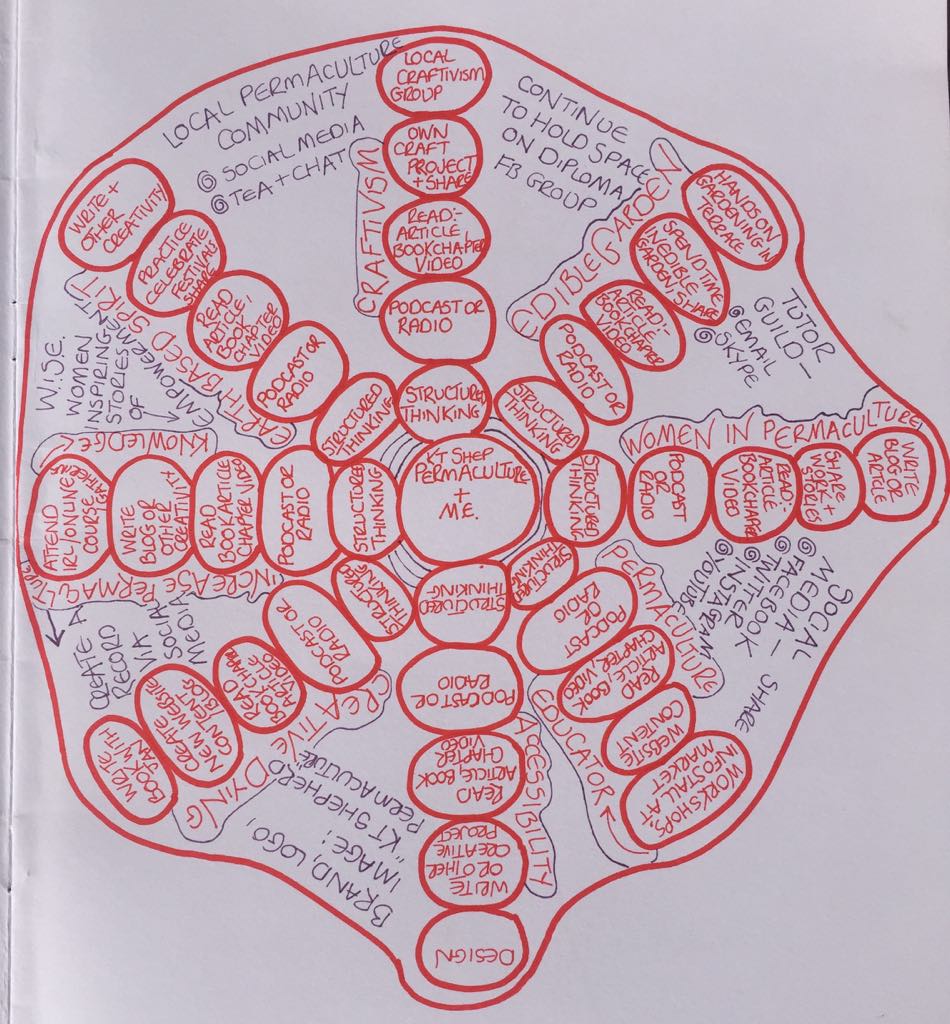
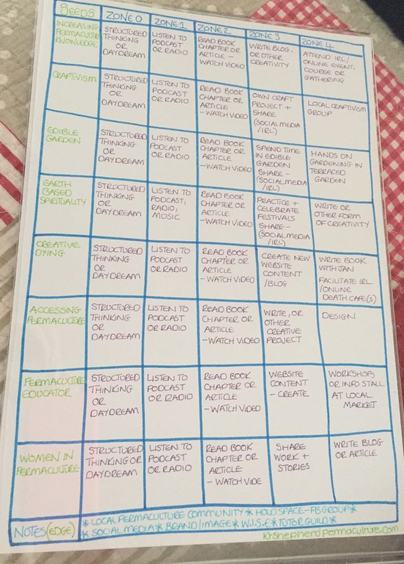
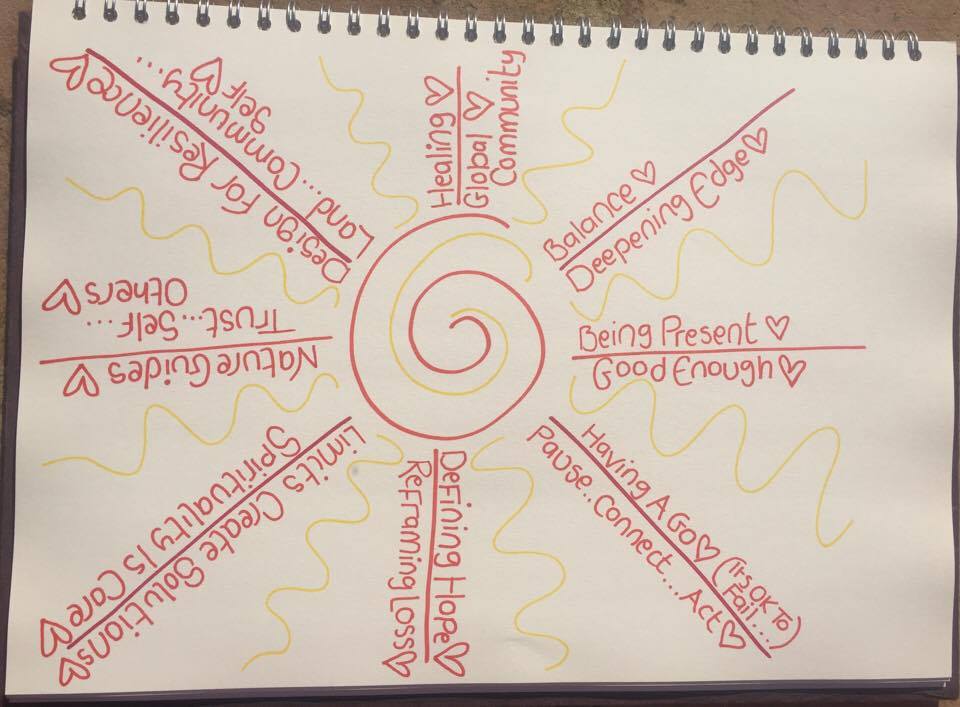
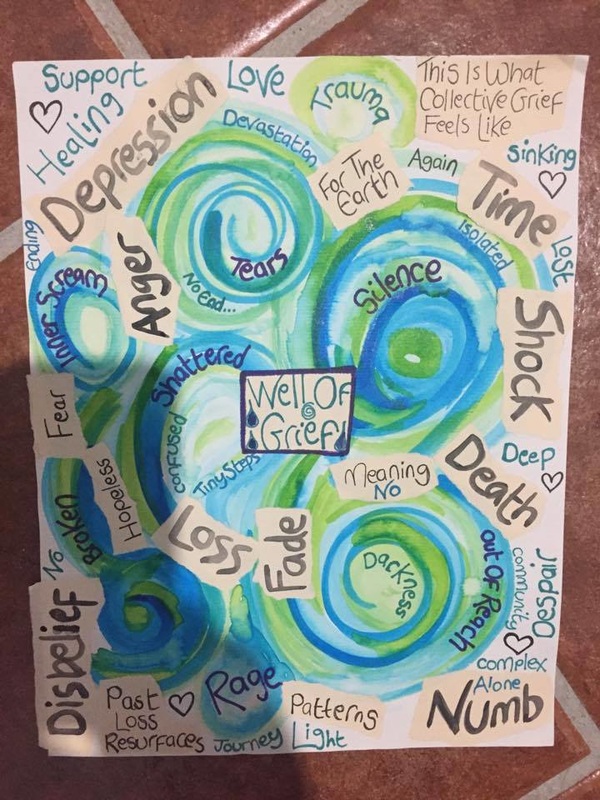
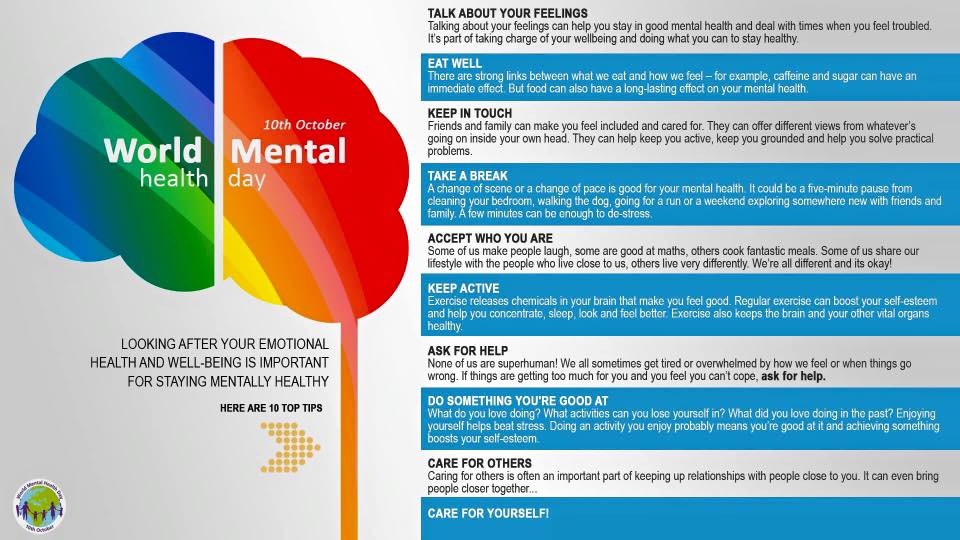
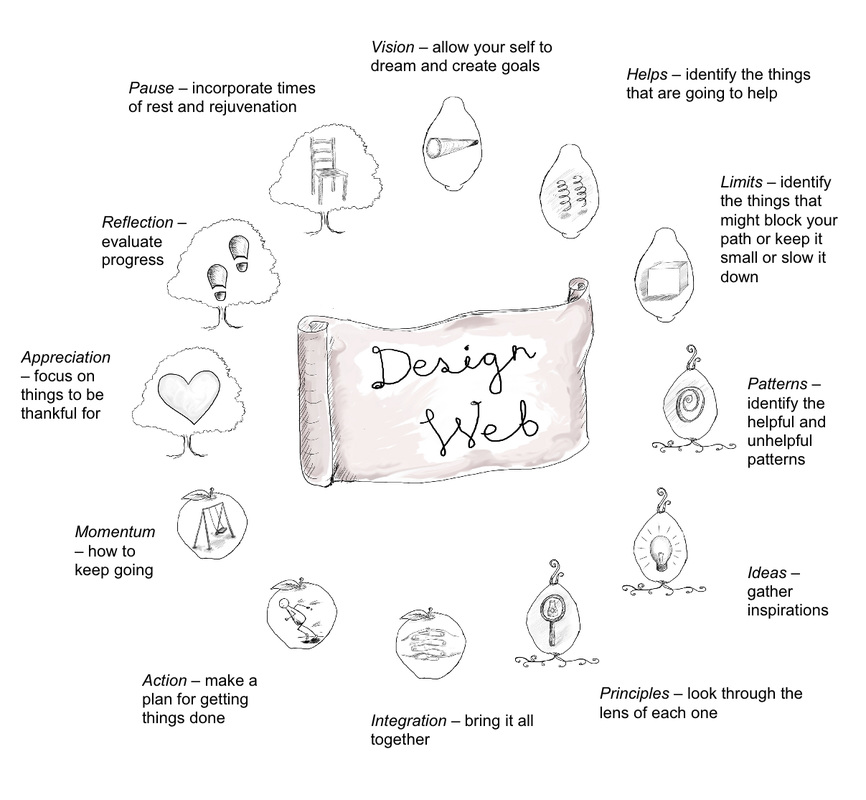
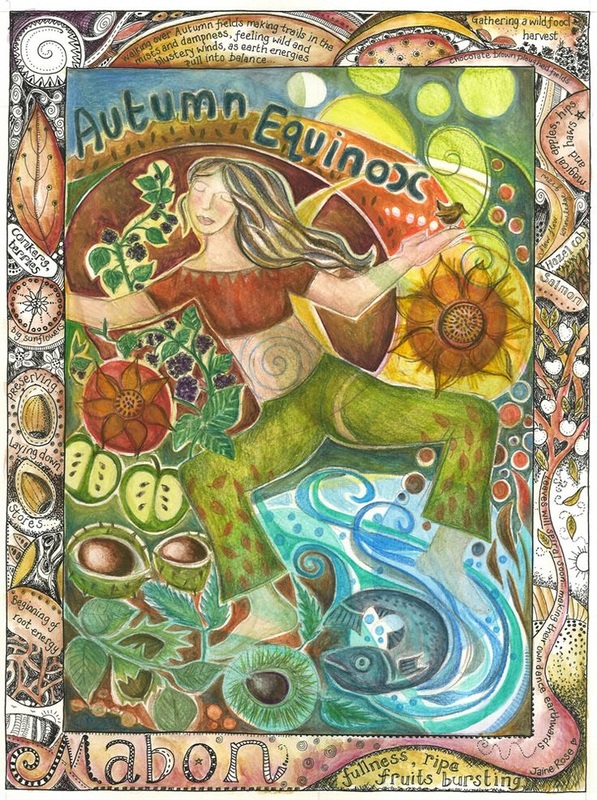
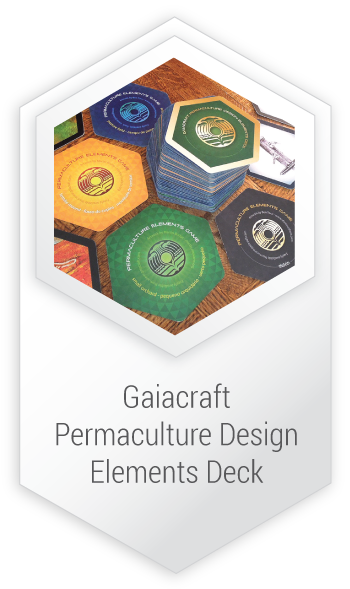
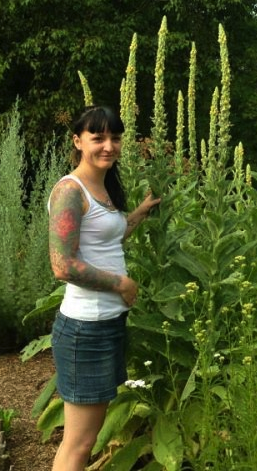
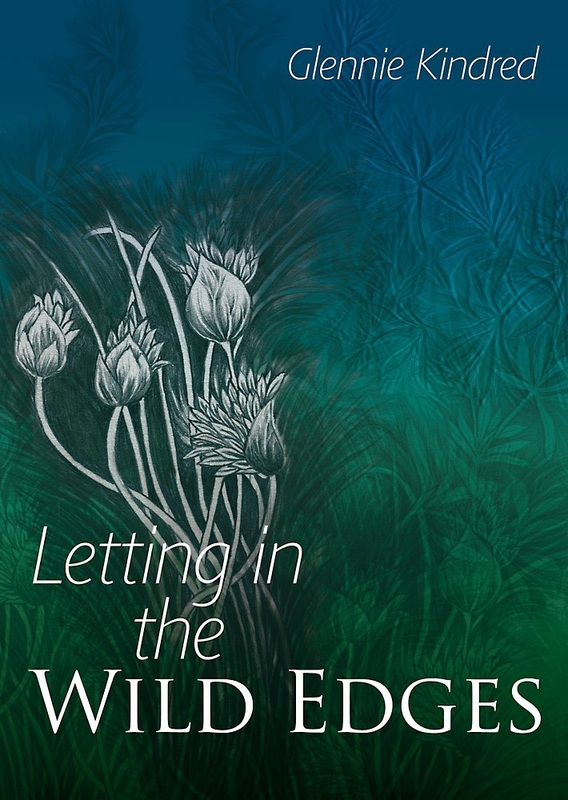
 RSS Feed
RSS Feed